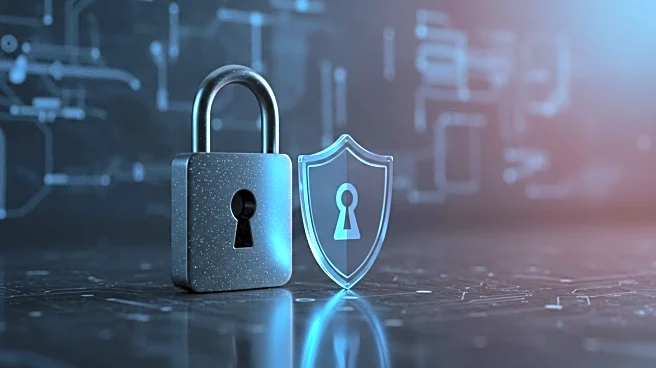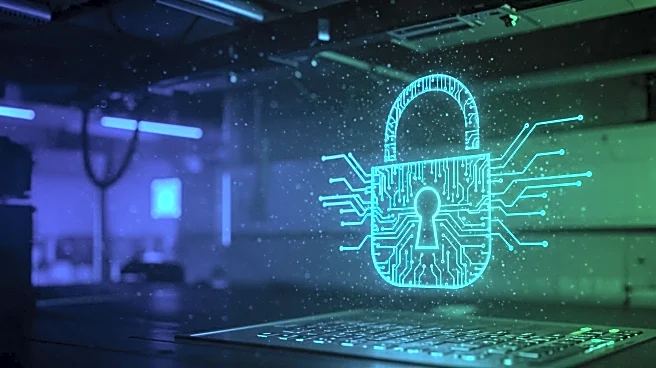What's Happening?
Organizations are increasingly pressured to enhance their cybersecurity measures due to the rising sophistication of cyber threats, including ransomware. Despite significant investments in security tools, many companies struggle with internal budget allocations between cybersecurity, data protection, and resilience initiatives. This fragmentation often leads to inefficiencies and vulnerabilities. The challenge is compounded by regulatory requirements such as the GDPR and CCPA, which demand compliance but are often treated as mere formalities rather than opportunities for building robust defenses. Additionally, the trend of vendor consolidation is influencing how organizations manage their tech stacks, requiring new solutions to demonstrate significant value to be considered.
Why It's Important?
The ongoing evolution of cyber threats poses a significant risk to businesses, potentially leading to financial losses and reputational damage. The inability to effectively allocate resources across cybersecurity functions can leave organizations vulnerable to attacks. As threats become more sophisticated, with attackers using advanced techniques like polymorphic malware and AI, the need for a unified approach to cybersecurity becomes critical. Companies that fail to integrate prevention, detection, and recovery strategies may find themselves at a disadvantage, unable to respond effectively to breaches. This situation underscores the importance of viewing cybersecurity as a strategic investment rather than a cost.
What's Next?
Organizations are likely to continue facing pressure to optimize their cybersecurity strategies. This may involve breaking down internal silos and fostering collaboration across departments to ensure a cohesive approach to threat prevention and data recovery. As regulatory requirements evolve, companies will need to go beyond compliance and adopt proactive measures to anticipate and mitigate emerging threats. The trend towards vendor consolidation will also persist, pushing organizations to streamline their tech stacks while ensuring that new solutions offer tangible benefits. Leadership will need to recognize the strategic value of cybersecurity investments to support long-term business continuity.
Beyond the Headlines
The shift towards a unified cybersecurity approach may lead to cultural changes within organizations, emphasizing collaboration and shared responsibility. This could also drive innovation in cybersecurity solutions, as vendors strive to meet the demand for integrated, scalable tools. Additionally, the focus on resilience may influence broader business strategies, encouraging companies to prioritize adaptability and continuity in the face of disruptions.











